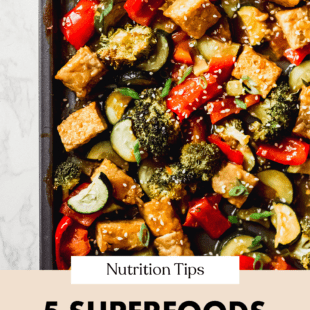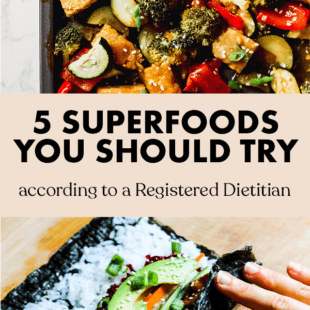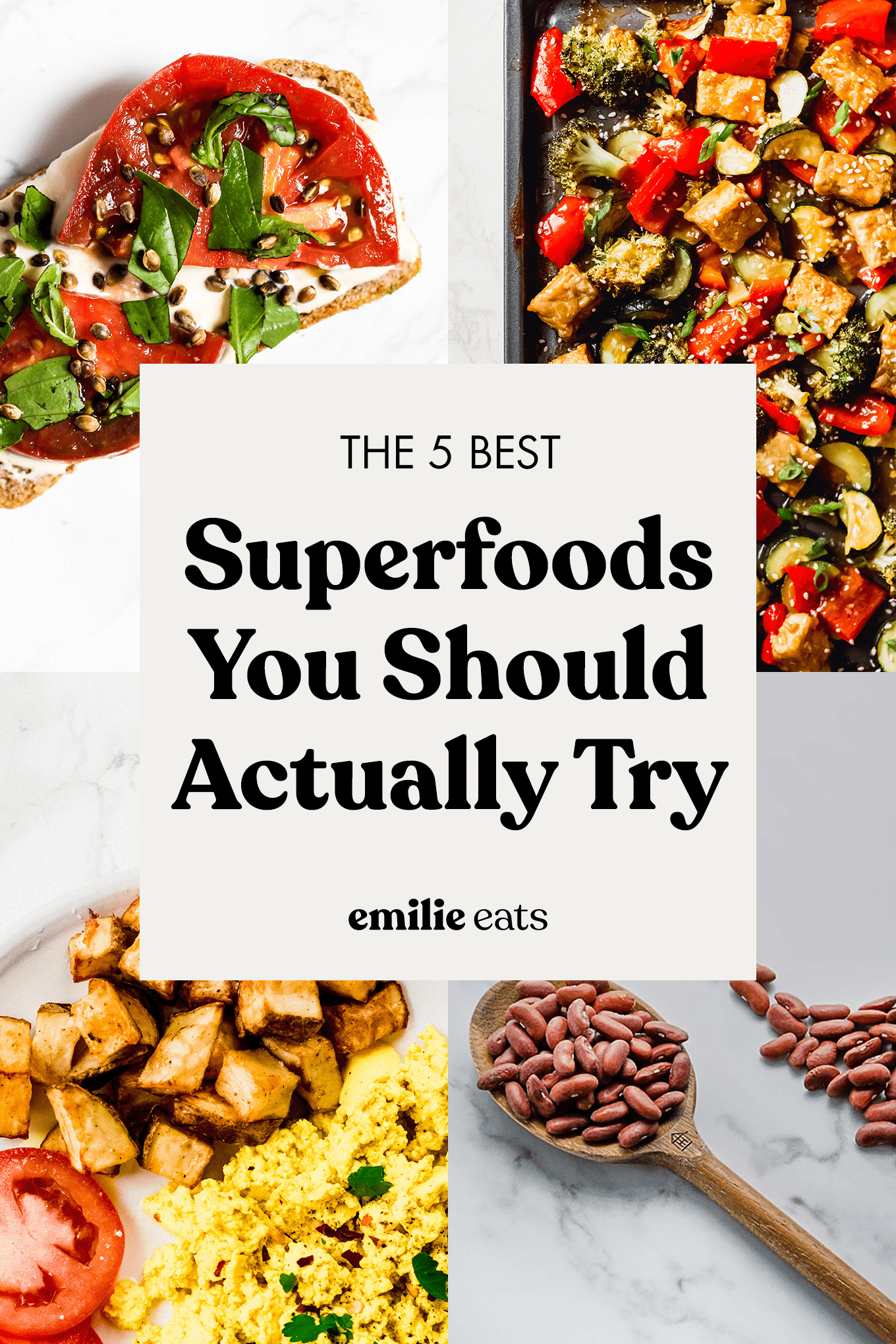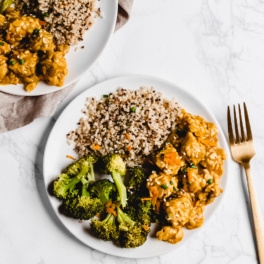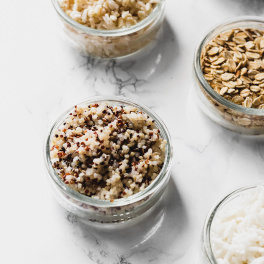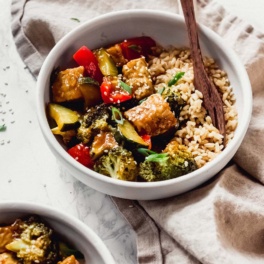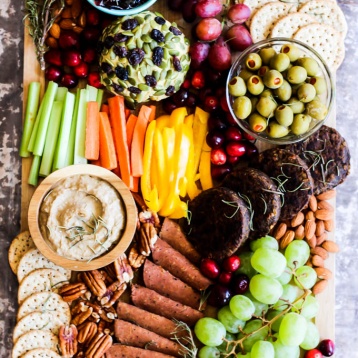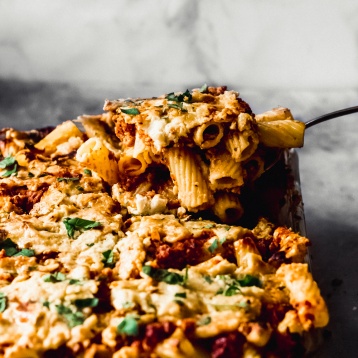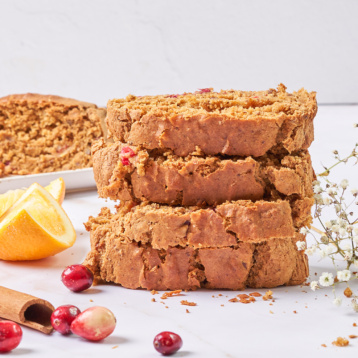And they’re not what you think! No green superfood powder or exotic berries. Here are 5 affordable superfoods to try incorporating into your diet.
The 5 Best Superfoods You Should Actually Try
When you hear the term “superfood,” what comes to mind? If you’re thinking about all the expensive foods and supplements that come with seemingly outrageous claims, you’re not alone.
When people talk about “superfoods,” they are typically trying to convey that certain foods have nutrient density (basically, the nutrition punch packed in a quantity of food) far superior to other foods. These foods that are often touted as superfoods tend to be very expensive (*cough* greens powder *cough*). Although yes, some foods pack more nutrients per punch, no one food will fulfill the outlandish marketing claims of eternal health and vitality – especially if they are inaccessible for the average consumer.
In fact, what will always matter more when it comes to nutrition are patterns versus individual foods. Are you eating enough, consistently? Do you enjoy a wide variety of foods? Are you eating enough fiber? Equally important, do you feel satisfied with your meals? In sum, as a dietitian, I’m much more interested in the answers to these questions and much, much less interested with individual foods.
That being said, there are some foods that I feel deserve to be highlighted for their nutrition, versatility, and affordability. Try out some of the recipes linked so you can enjoy the benefits and taste of these “superfoods”!
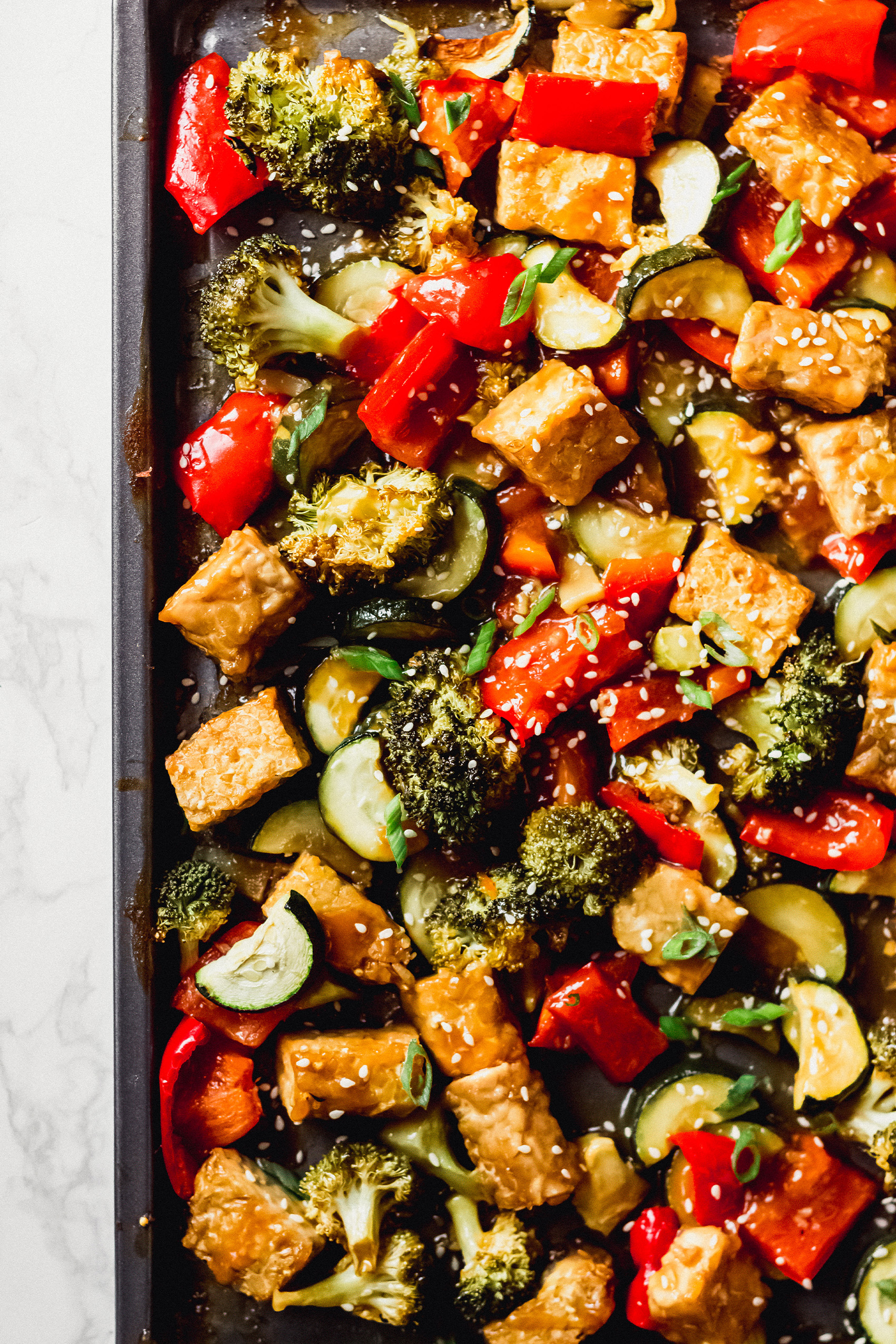
1. Tempeh
Cost: $3.69 for 8 ounces (~2.5 servings)
Nutrition
The first of our superfoods is tempeh, a fermented soy product. The fermentation process may make it easier to digest nutrients found in tempeh, like B vitamins, iron, and calcium. Tempeh packs 18 grams of protein and 6 grams of fiber per 3-ounce serving.
Soy products such as tempeh contain phytoestrogens (also known as isoflavones), which are estrogen-like compounds that can actually bind to estrogen receptors in some parts of the body. This blocks estrogen from binding to these receptors, limiting the action of excess estrogen.1 Additionally, there has been some evidence to indicate that consumption of soy products like tempeh has a beneficial impact on breast cancer risk in premenopausal women and breast cancer survivors.23
In addition, replacing proteins high in saturated fat (such as meat) with proteins low in saturated fat (like tempeh) may decrease heart disease risk.4
Recipes
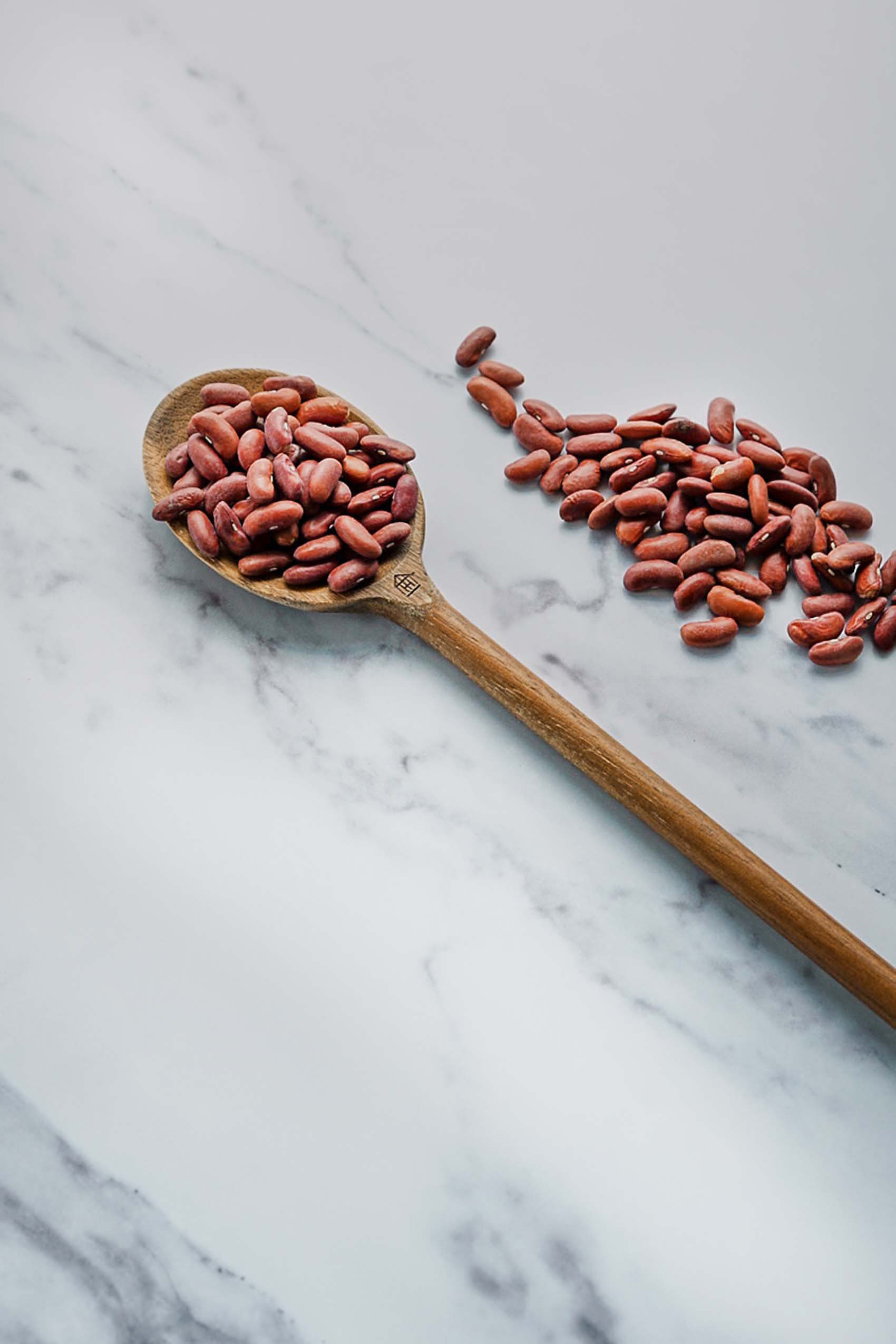
2. Beans
Cost: $0.99 for a 15-ounce can (~3.5 servings)
Nutrition
Oh boy, I could talk about beans all day! Not only are these superfoods super affordable (even more so if you cook them from dry), they are also packed with satisfying protein and nutritious fiber. Plus, they’re SO versatile – use them in soups, stews, tacos, dips, spaghetti sauce, stir fries, salads, and even desserts!
The nutrition content of beans is going to depend on the type: chickpeas, white, navy, black, kidney, lima, pinto, cannellini, soy, lentils. Generally, beans are going to have 7-9 grams protein and 4-9 grams fiber per 1/2-cup serving. Research consistently shows that people who eat higher amounts of fiber have a lower risk of developing heart disease, metabolic syndrome, and type 2 diabetes, among other conditions.
Also, lentils aren’t technically beans – they’re legumes, which includes beans, peanuts, peas, and lentils. But for simplicity’s sake, I’m lumping lentils in with beans here!
Recipes
- Cajun-Style Vegan Red Beans and Rice
- Chickpea Pumpkin Coconut Curry
- Vegan Skillet Brownies (with Lentils!)
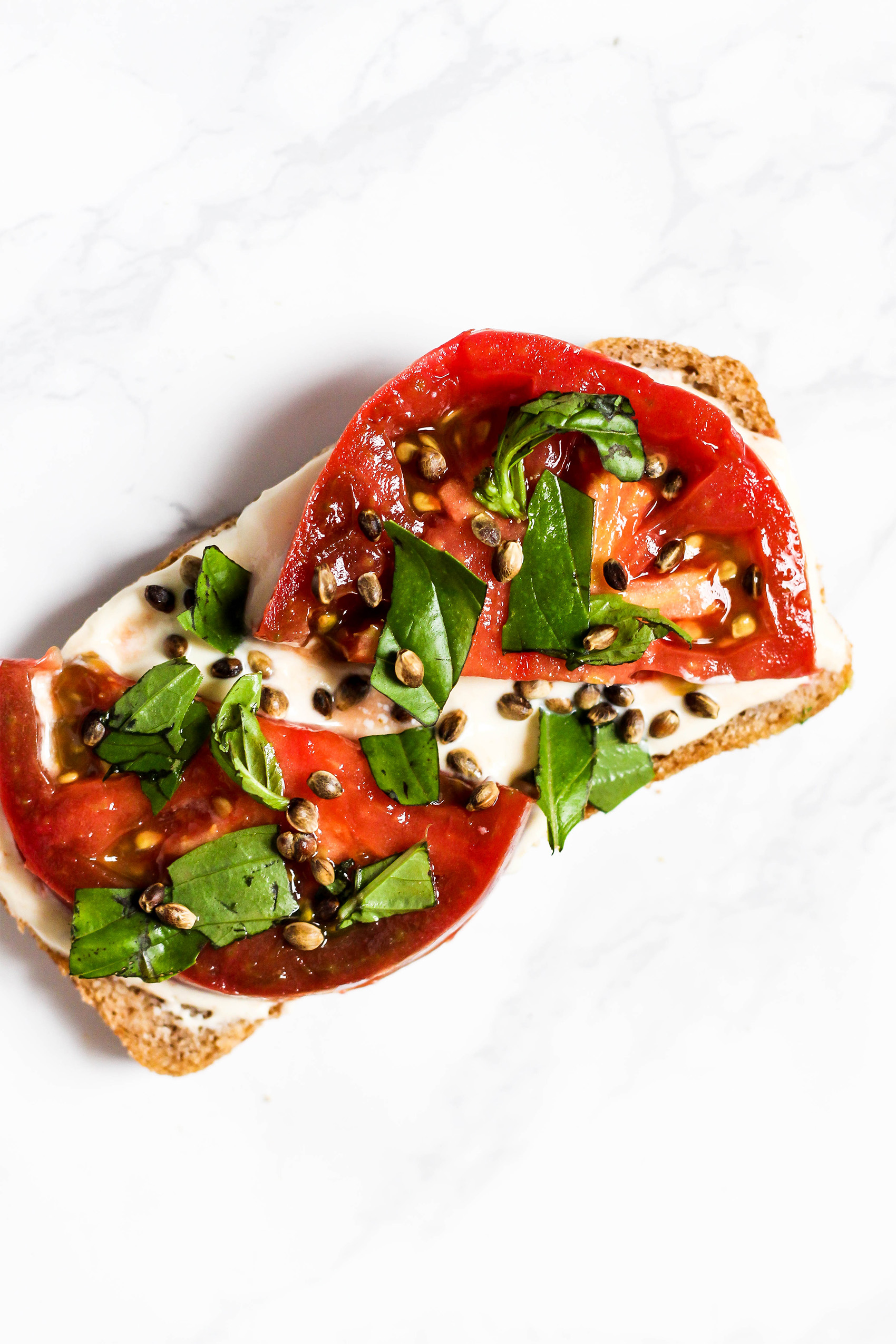
3. Hemp Seeds
Cost: $7.19 for 7 ounces (~6 servings)
Nutrition
First off, just 3 tablespoons of hemp seeds, the next of our superfoods, packs about 10 grams of protein! Not only that, they contain all nine essential amino acids (the ones we have to get in our diet because our body cannot make them). Sprinkling them on oatmeal or blending them into a smoothie or salad dressing is such a simple way to get in more plant-based protein. Hemp seeds also contain iron, magnesium, B vitamins, and zinc.
Also, hemp seeds are also high in omega-3 and omega-6 fatty acids. Omega-3 fatty acids, a type of unsaturated fat, have been associated with lower blood pressure, higher HDL cholesterol (the “good” kind), and lower triglycerides.
The daily recommendation for ALA (the precursor to DHA and EPA) is 1,600 mg/day for men and 1,100 mg/day for women.* Hemp seeds contain a whopping 3,000 mg of ALA.5
*VeganHealth.org suggests that vegans consume an additional 2,000 mg ALA per day or take a supplement containing 200-300 mg DHA daily.
Recipes
- Vegan Pasta Salad with Homemade Dairy-Free Ranch
- Easy Hemp Granola by Eating Bird Food
- Vegan Hemp Seed Pesto by Walder Wellness
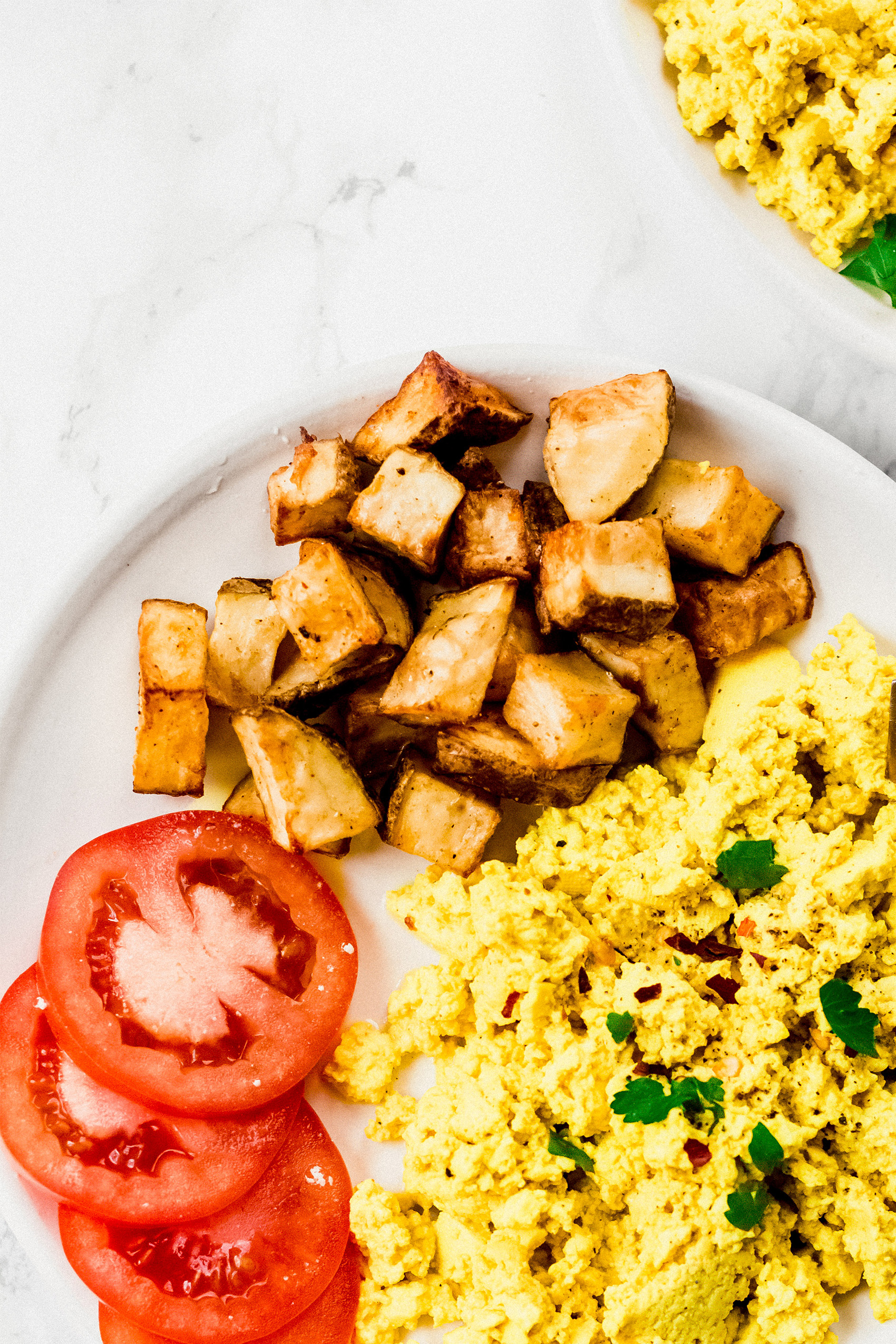
4. Potatoes
Cost: $0.85 for one potato (~1-2 servings)
Nutrition
Potatoes (all colors are superfoods!) are a very affordable source of complex carbohydrates. These types of carbohydrates contain fiber, which slows the absorption of glucose. Moreover, an eating pattern high in fiber can help manage blood sugar and reduce risk of type 2 diabetes.
Also, potatoes are rich in various minerals. One medium potato contains:
- 70% of your daily vitamin C – an antioxidant that helps our body fight off free radicals
- 30% of your daily vitamin B6 – a vitamin that aids in energy metabolism
- 12% of your daily magnesium –a mineral that plays a role in 300+ reactions in the body6
To summarize, don’t let the low-carb crowd stop you from eating potatoes!
Recipes
- Loaded Vegan Sweet Potato Nachos
- Stuffed Sweet Potato Breakfast Recipes: 5 Ways
- Potato Curry by Well Plated
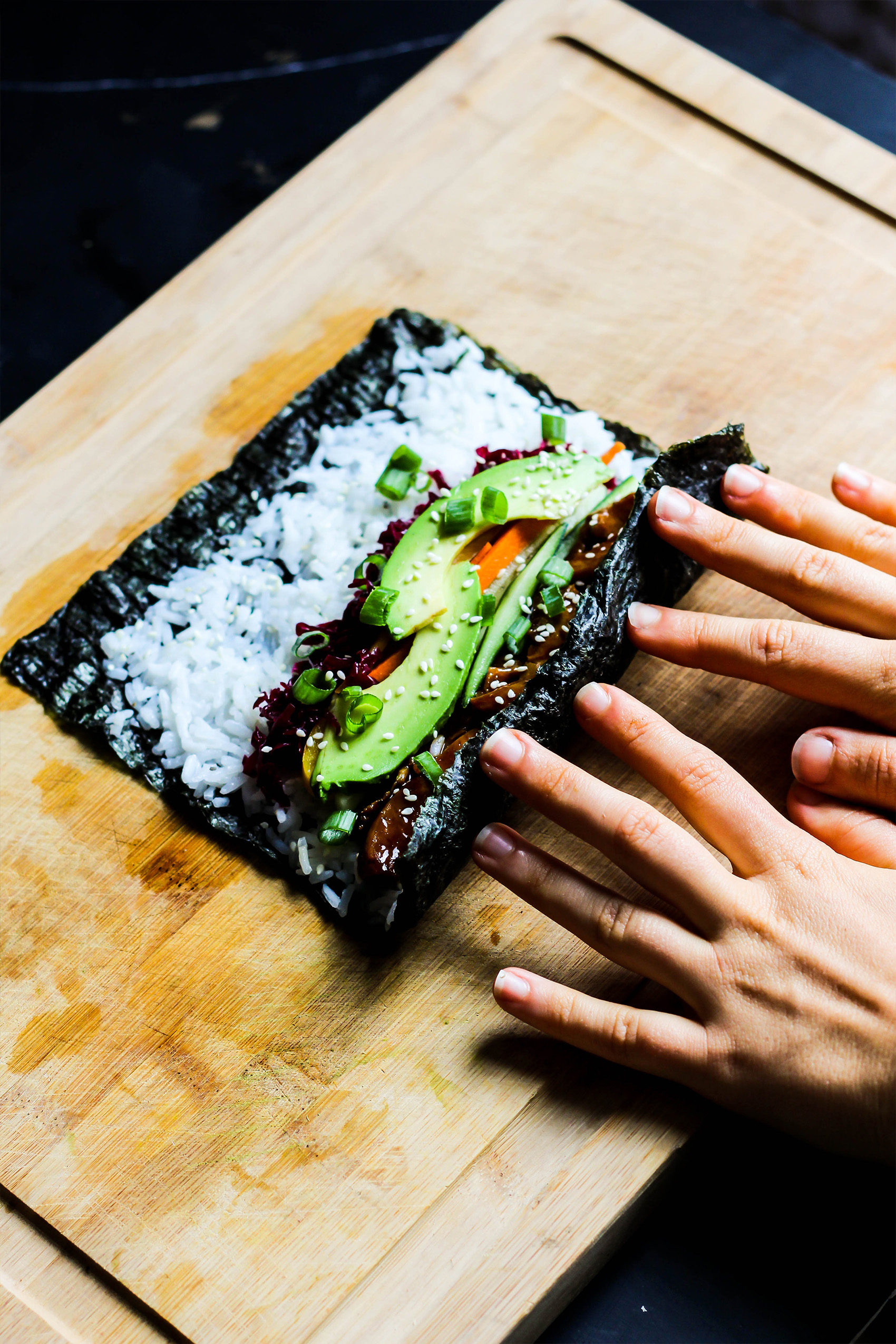
5. Seaweed
Cost: $4.49 for 10 sheets nori
Nutrition
First off, there are many different types of seaweed superfoods to try, such as nori, kelp, dulse, kombu, and wakame. Perhaps the most common type of seaweed for Americans is nori, which is what is in sushi.
Seaweed can be a source of iodine, which is essential for thyroid health. The thyroid is an endocrine gland that makes hormones which regulate metabolism. The daily iodine recommendation for adults is 150 mcg.
However, excess iodine from seaweed is possible and can be harmful to thyroid health. One 2-gram sheet of nori contains about 32 mcg iodine, while 1 gram of kelp flakes can contain 8,000 mcg.7 To sum up, moderate high-iodine seaweed such as kelp and kombu.
Also, seaweed can be a source of antioxidants, vitamins, and minerals, depending on the type. Plus, it adds amazing flavor!
Recipes
- Vegan Teriyaki Sushi Burrito
- Authentic Vegan Miso Soup by Okonomi Kitchen
- Vegan Seaweed Salad by Joyful Dumplings
I’m accepting 1-on-1 nutrition clients! Click here to learn more about how I can support you in ditching diet culture, letting go of food guilt, and learning how to respect your body.
The information in this post is for educational purposes only and is not a substitute for professional medical advice.
- https://www.todaysdietitian.com/newarchives/040114p52.shtml
- https://www.hsph.harvard.edu/nutritionsource/soy/
- https://www.todaysdietitian.com/newarchives/040114p52.shtml
- https://www.heart.org/en/healthy-living/healthy-eating/eat-smart/fats/saturated-fats
- https://www.healthline.com/nutrition/7-plant-sources-of-omega-3s#TOC_TITLE_HDR_5
- https://ods.od.nih.gov/factsheets/Magnesium-HealthProfessional/#:~:text=Magnesium%20is%20a%20cofactor%20in,%2C%20oxidative%20phosphorylation%2C%20and%20glycolysis.
- https://thyroidresearchjournal.biomedcentral.com/articles/10.1186/1756-6614-4-14

